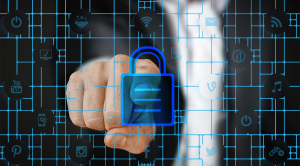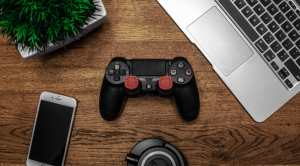How to view and delete Incognito history
You may have heard of the terms "private browsing" or "incognito mode." This is a mode that does not save any information in the device's web browsing history. This mode is available on Google Chrome as Incognito Browsing, Mozilla Firefox as Private Browsing, and Internet Explorer as Private Browsing. Whatever you call it, this mode works the same across many different browsers.
Many people believe that using incognito mode will help them hide their online activity from trackers. That's right, incognito browsing prevents your browsing history from being stored on your device. However, this does not mean keeping your personal information completely private. Incognito mode does not prevent your Internet service provider (ISP), employer, or the websites you visit from seeing your activity or location. This means that your digital traces may persist even after you end your browsing session. Luckily, we have a solution to make it simpler for you to delete your private browser history in the future.
What is incognito mode and how does it really help you?
In incognito mode, when you close the current browsing session, your history and all accumulated cookies will not be stored, meaning websites will not be able to access that information the next time you browse. according to yours. Incognito mode automatically deletes the following information when you close the window:
1.Websites visited during this private browsing session (your regular browser history will not be affected).
2.All cookies are stored during this browsing session (this explains why login information is not maintained between visits when in incognito mode).
3.Any images or web pages that were cached when you used incognito mode.
Does incognito mode save your browsing history?
Incognito mode helps users browse the web without saving browsing history, cookies or website data. However, a bit of reality should be kept in mind: your device still stores your browsing session in its domain name system (DNS) cache even if you choose private browsing mode.
When you visit a new website, you enter the domain name into the browser. In normal mode, the browser sends a query to the DNS server to get the IP address of that domain. This web address is then saved to local storage, helping your device access it faster the next time.
The process of temporarily storing DNS records on the device is called DNS cache, which includes domain names and corresponding IP addresses. This information remains on your device, even when using incognito mode, and can be accessed by anyone using the same device.
Additionally, some browser extensions and third-party applications may track browser history on mobile devices. Plus, an organization like your ISP can monitor web browsing activity at the network level.
Private browsing mode, while useful, has some limitations. If you want to better protect your privacy, you should know how to view and delete your anonymous browsing history. This article will show you how to do that.
Incognito mode doesn't do anything?
Incognito mode is not an impenetrable layer of protection. Overall, using incognito mode does not mean browsing the web safely.
Incognito mode primarily prevents the storage of browsing data directly on your device, but does not prevent the ability of third parties on the Internet to track and monitor your activities.
Your traffic data is still subject to processing, which means whatever network manager you're using (like your employer, university or public hotspot manager) still has can track your online activities. Additionally, websites may still see your IP address, revealing roughly where you are located and your service provider (however, both of these problems can be solved by using using VPN). Revealing your IP address can also make your device easier to identify and target later.
Because of the unique nature of the Internet, there are privacy issues that incognito mode cannot solve. A good example is a private window that doesn't prevent website administrators from tracking the pages you visit, what you search for, how often you stay there, and the data you enter into forms. It also cannot prevent you from sharing your personal information.
How to delete anonymous history
To remove anonymous history from your device, you must clear your DNS cache
How to avoid being tracked online
Incognito mode is useful but has a thin layer of privacy protection. While this mode can be of great help in hiding your browsing behavior from others using your device, it does not stop snoopers, spies or companies from tracking your devices. your online activity. Almost every browser offers an incognito mode, but for truly private browsing, you're better off combining it with other powerful tools like a VPN to disguise your IP address and encrypt all your traffic. your web traffic.
Rice VPN is exactly the extra layer of protection you need. It can hide your online activity, not record regular or anonymous app usage history, and protect your browsing data from DNS leaks. With just one click, your connection will be encrypted, keeping your online life and identity private from prying eyes.










